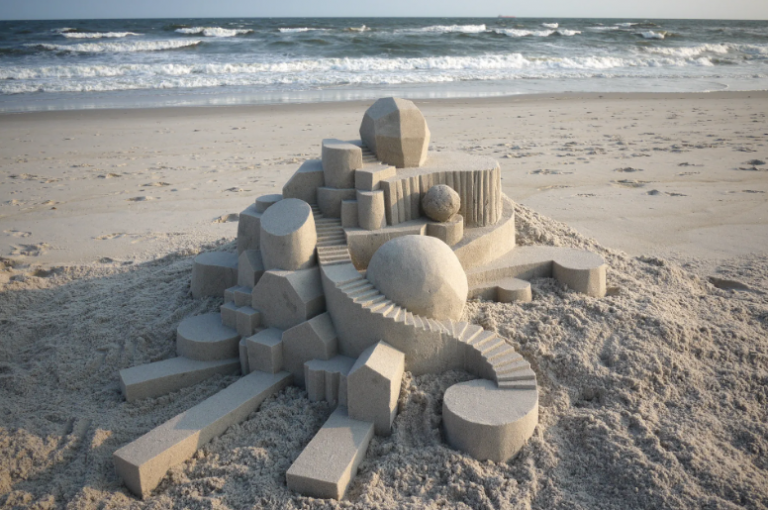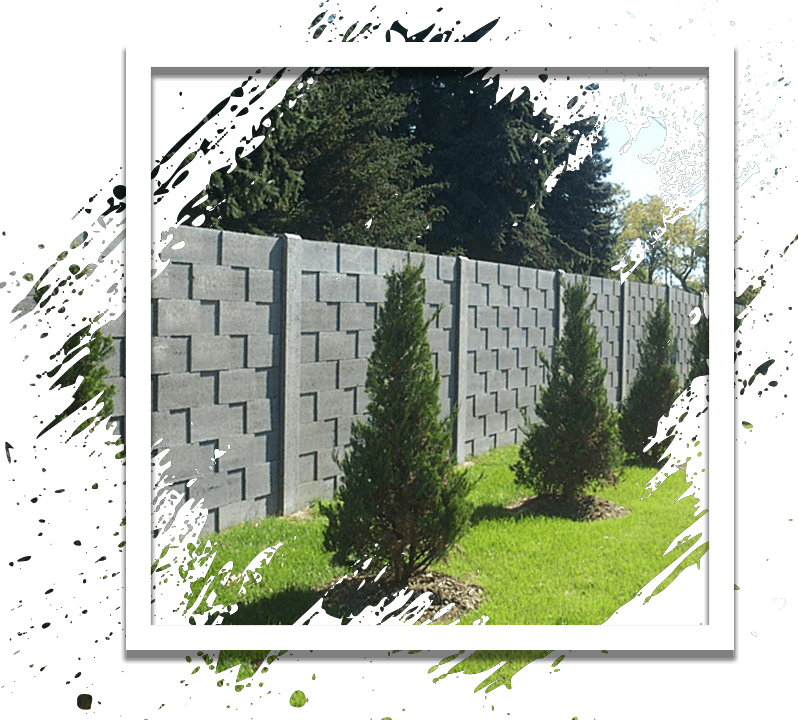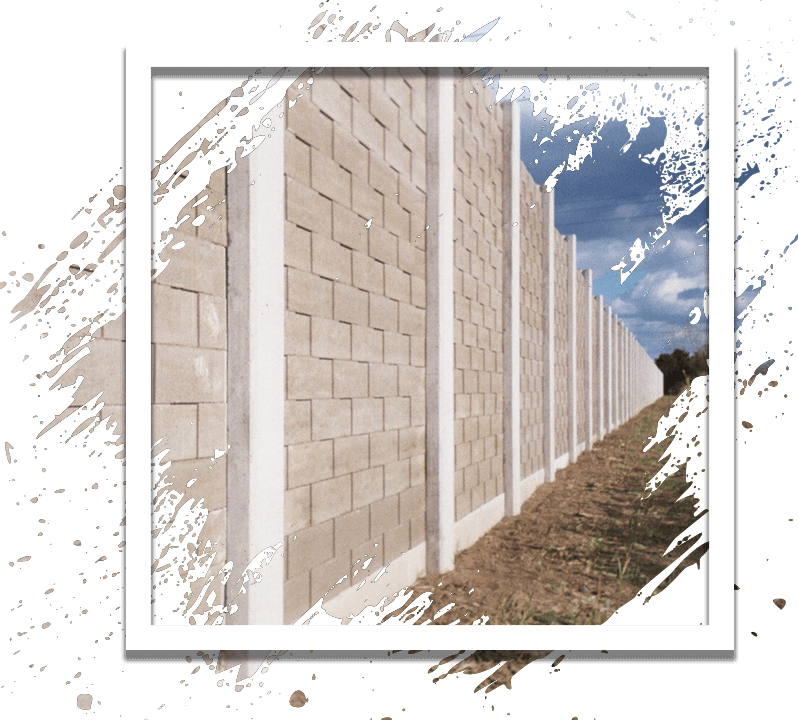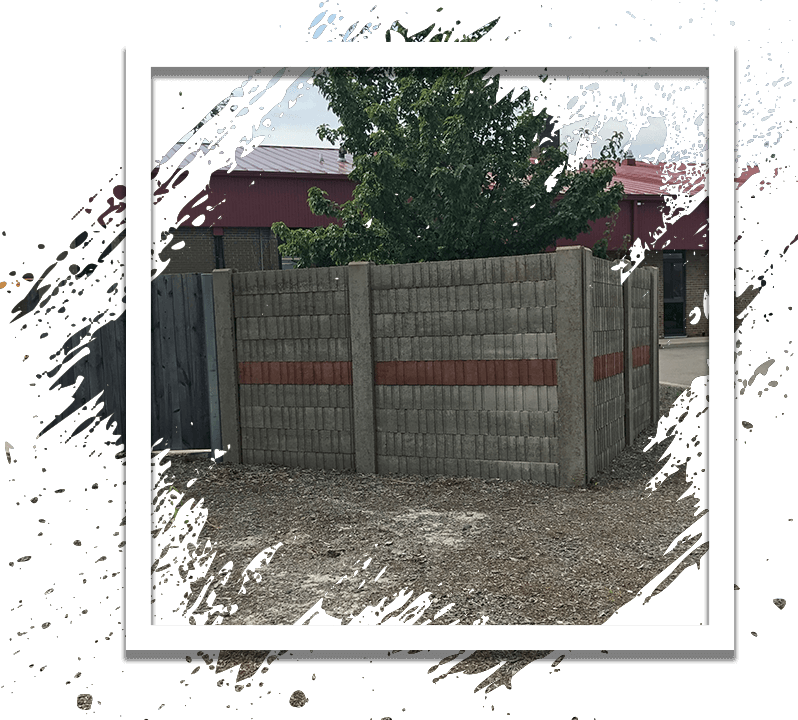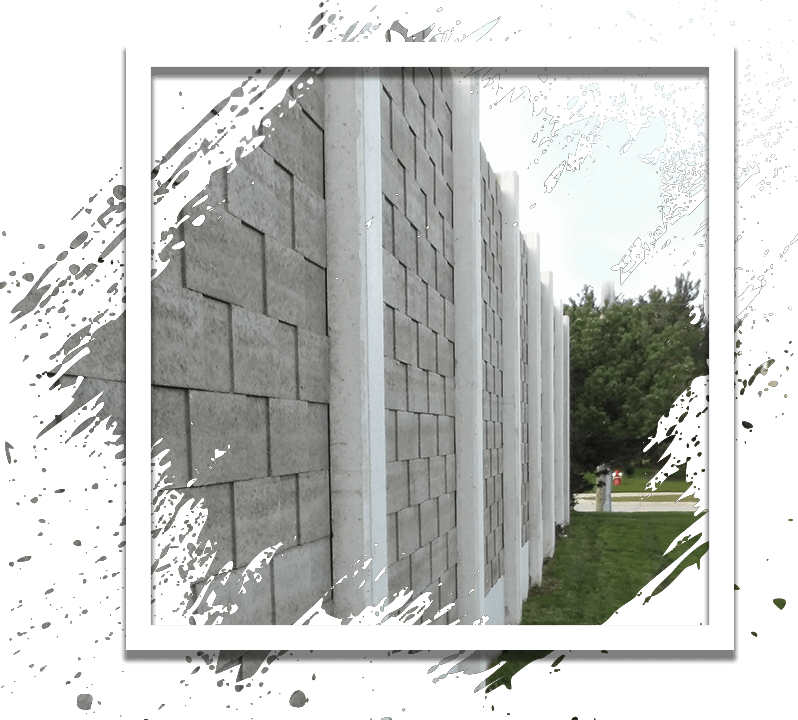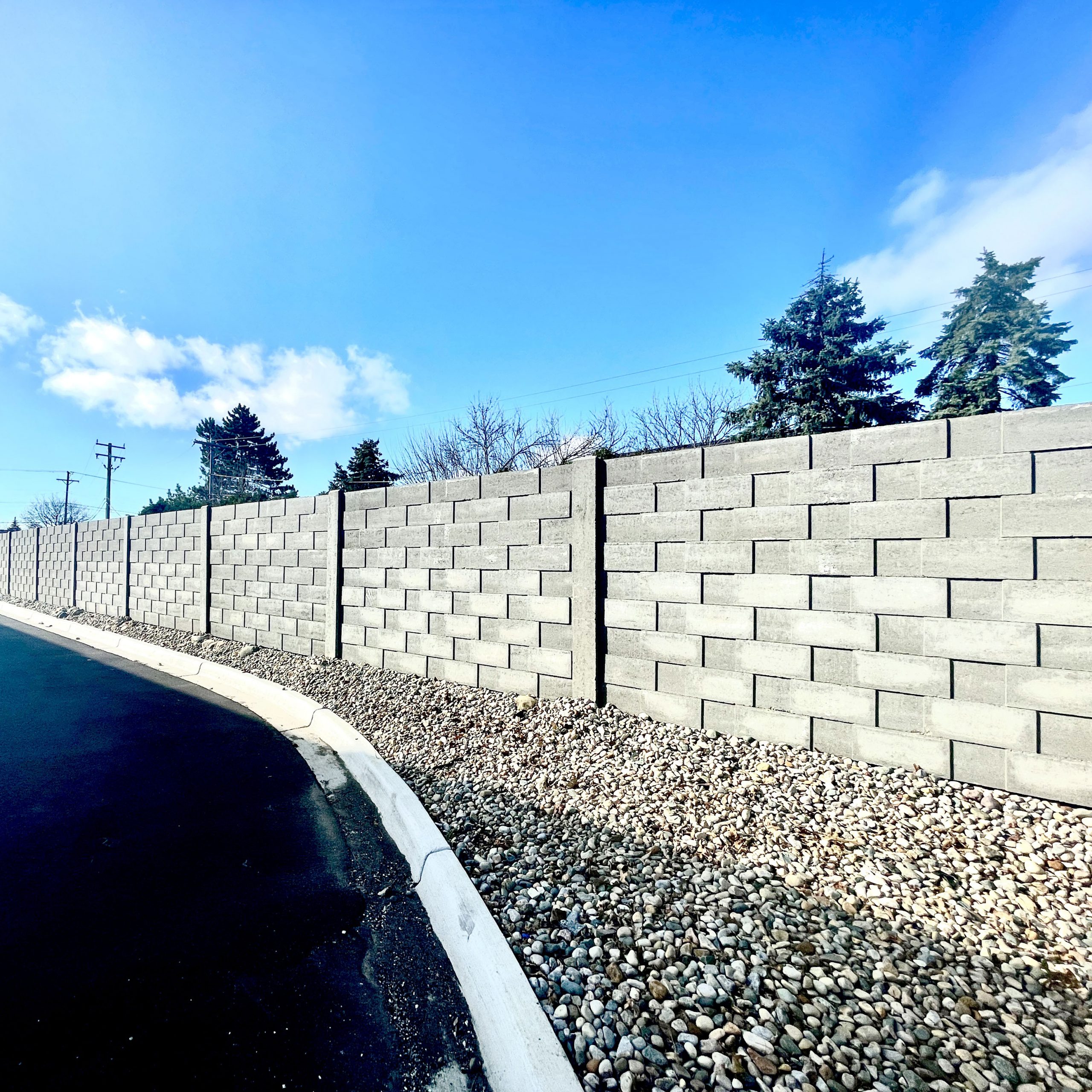
Understanding Dry Cast Concrete (in less than 4 minutes)
The principles of dry cast concrete have been understood for thousands of years, when building underground water cisterns it was observed that stronger concrete could be achieved by keeping the water to cement ratio as low as possible. In modern construction, the “dry process” was officially published in 1969 and has grown extensively in popularity for precast concrete products that demand strength and durability like concrete pipes, manholes, screen walls, and sound barriers.
When most people think of concrete, they likely imagine a truck maintaining the flow of a heavy, wet mixture – otherwise known as wet cast concrete. Dry cast concrete is an extremely different composition that uses roughly 46 percent less water and as such provides a very different set of benefits.
When you picture dry cast concrete, think of building a sandcastle….. The water-to-sand ratio is crucial to your structures’ success. Too much water and you’re left with a gloppy mess. Too little water and it will crumble and fall. But when the mix is just right, your forms are compacted and strong.

In construction, dry cast concrete provides several crucial benefits….
- It’s efficient to produce – Dry cast concrete is referred to as ‘zero-slump’ concrete, meaning that after the mix is compacted into its rigid form, the form can be stripped immediately leaving the product to stand on its own without deformation. The concrete will dry quickly and the form can be put right back into production.
- Reduced shrinkage and creep – With minimal water in the mix, the aggregate particles remain in close contact, enabling them to resist the shrinkage of cement and heightening compressive strength as a result. Thus, the product of dry cast concrete is more consistent and precise.
- No air entrainment– The controlled vibratory compaction process of dry cast concrete disperses and eliminates air bubbles that would otherwise get trapped, leaving voids and creating vulnerabilities like in wet cast concrete. Without the concern of trapped air, dry cast products have demonstrated complete resilience to freeze and thaw degradation.
- Cost savings and speed– Using precast forms significantly impacts the speed of installation, while dry cast concrete enables less waste, increased efficiency and a stronger product, all of which equate to monetary conservancy both upfront and over the structures’ lifetime.

Dry cast concrete can be applied to many product forms and is ideal for building resilient structures. Concrete walls and enclosures, like the nationally sought after system by Dura-Crete Walls, are excellent uses for this technology as it provides a structurally sound and more affordable alternative to traditional masonry options.

